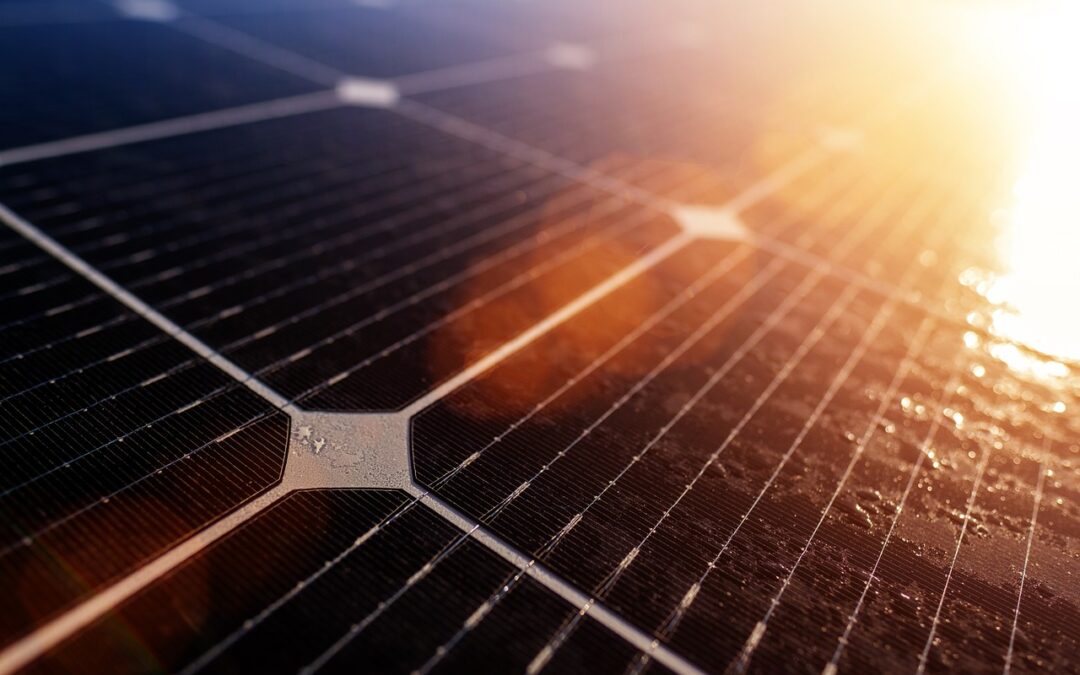


Solar panels, the ubiquitous rooftop fixtures transforming the energy landscape in the UK, operate on the principle of converting sunlight (not heat) into electricity. This complicated process is rooted in solid-state physics and involves a complex interplay of sunlight, semiconductors, and clever electrical engineering.
The Heart of the Matter: Photovoltaic Cells
At the core of every solar panel lies the photovoltaic (PV) cell. Comprised primarily of silicon, this thin slice of semiconductor material is the engine that drives the entire system. When sunlight strikes the cell, a captivating chain reaction unfolds.
- Photon Absorption: Sunlight is composed of tiny energy packets called photons. Upon hitting the PV cell, these photons are absorbed by the silicon material.
- Electron Excitation: The absorbed energy excites the electrons within the silicon, freeing them from their atomic bonds. This creates pairs of negatively charged electrons and positively charged “holes.”
- Electric Field Generation: The PV cell is ingeniously structured with a junction between two types of silicon: n-type (with excess electrons) and p-type (with excess holes). This junction creates an electric field, which acts like a one-way gate, forcing electrons to move towards the n-type side and holes towards the p-type side.
- Current Generation: The directed movement of electrons constitutes an electric current. Metal contacts on the cell’s surface collect this current and channel it into wires that go to your Solar Inventer.
From Cell to Panel to Power
Individual PV cells generate a small amount of electricity, so they are interconnected to form solar panels. Panels can be further combined into arrays to boost power output. The electricity produced by these solar arrays is in the form of direct current (DC). However, our homes and businesses primarily use alternating current (AC) for our household and business appliances like kettles and printers. Solar Inverters convert the DC power from the solar panels into usable AC power.
Efficiency and Innovation
The efficiency of solar panels, or the percentage of sunlight converted into electricity, has risen dramatically in recent years. Advances in materials science and PV cell design have contributed to this progress. While modern solar panels can achieve efficiencies exceeding 20%, researchers continue to explore new materials and configurations to push these limits even further.
A Bright Future
Solar power is a cornerstone of sustainable energy. By understanding the science behind solar panels, we can appreciate the technological marvel that transforms sunlight into a clean and renewable energy source. As the world transitions towards a low-carbon future, solar power is poised to play an increasingly vital role.
Ready to Unleash the Power of the Sun?
Contact NXTGEN Energy today and let’s turn your roof into a sun-powered cash machine! We’ll help you navigate the process and unlock the full potential of solar power for your home or business. Click the ‘Enquire Now’ button to get in touch today!


 How Solar Panels Harness the Sun...
How Solar Panels Harness the Sun...


